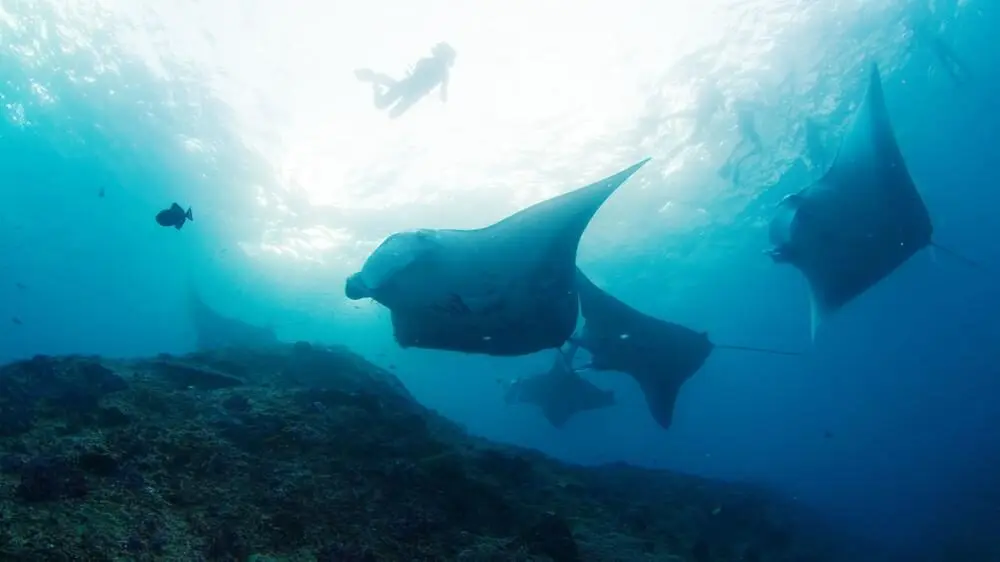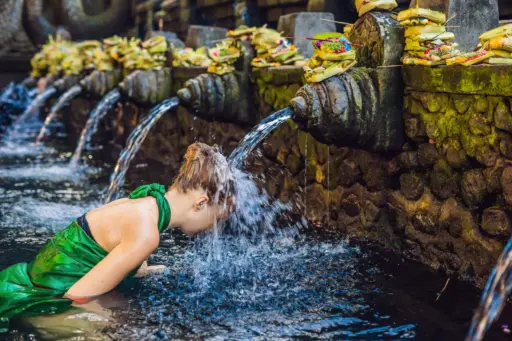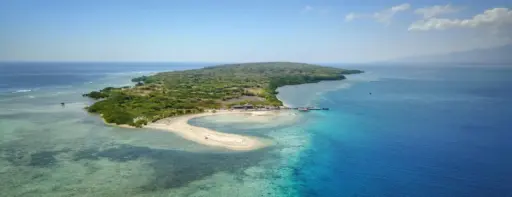For many travellers, wildlife in Bali begins and ends with the cheeky macaques at Ubud’s Sacred Monkey Forest. While entertaining, these familiar faces are just one part of the island’s natural story. From mangrove swamps to coral gardens, forested peaks to hidden bird sanctuaries, Bali offers encounters with nature that are far richer and more diverse than most visitors realise.
This is the Bali of quiet forests, coral reefs, and patient observation – the kind of experiences that connect you to the rhythms of the island rather than the buzz of its tourist hubs.
BIRDWATCHING IN WEST BALI NATIONAL PARK
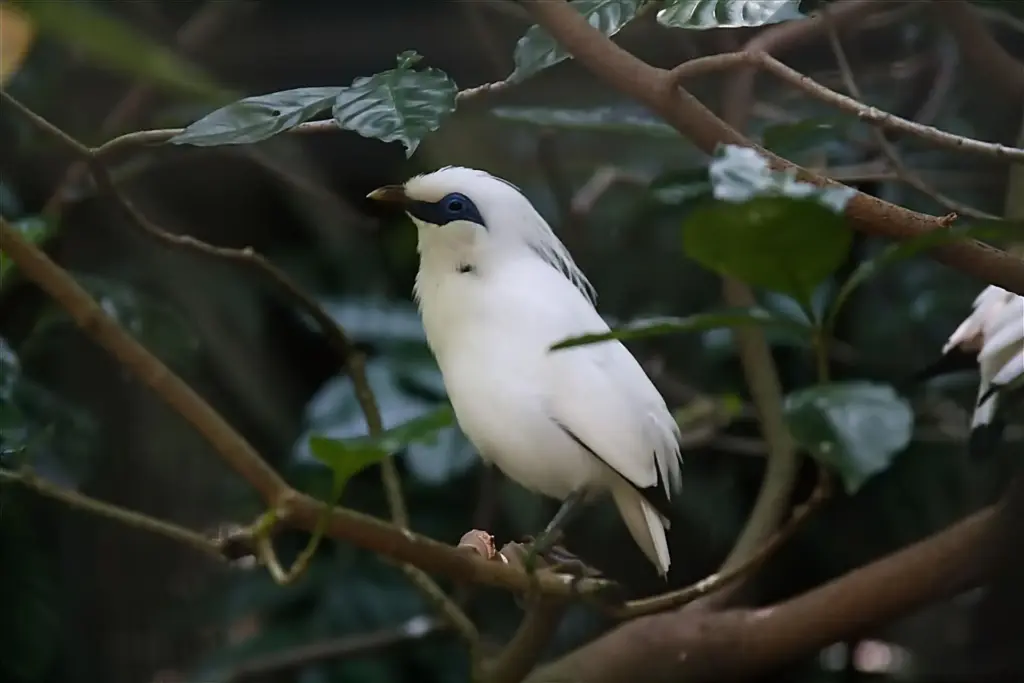
In the far west of the island, a world away from Seminyak’s traffic, West Bali National Park covers more than 19,000 hectares of forest, mangrove, and savannah. It is one of the best places in Indonesia to see the critically endangered Bali starling, a snow-white bird with a bright blue eye patch that has become a symbol of the island’s conservation efforts.
The park’s varied habitats also host kingfishers, wild junglefowl, woodpeckers, and dozens of migratory species. Walking quietly along the trails, the forest reveals itself in small ways – the flutter of wings in the undergrowth, the call of a bird you cannot see, the scent of salt carried in from the coast. Local guides, many of whom are involved in the park’s conservation projects, can help you spot species that might otherwise remain hidden.
SNORKELLING WITH MANTA RAYS AT NUSA PENIDA
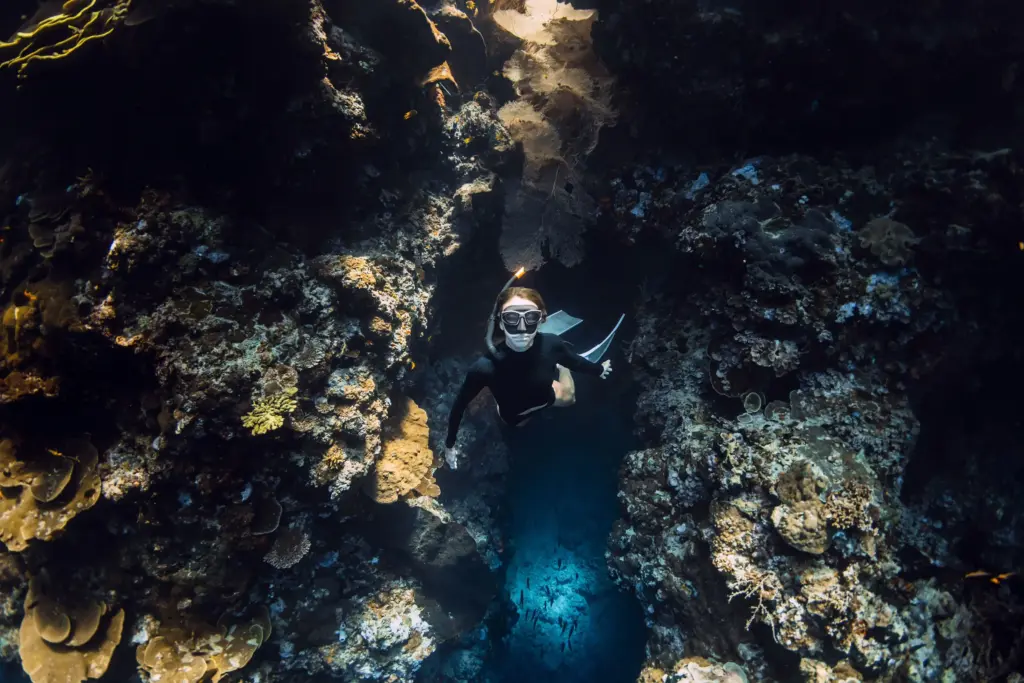
Just a short boat ride from Bali’s southeast coast, Nusa Penida’s waters are home to some of the ocean’s most graceful giants. Manta Point, a cleaning station for reef mantas, offers the chance to snorkel above these creatures as they glide in slow, sweeping circles.
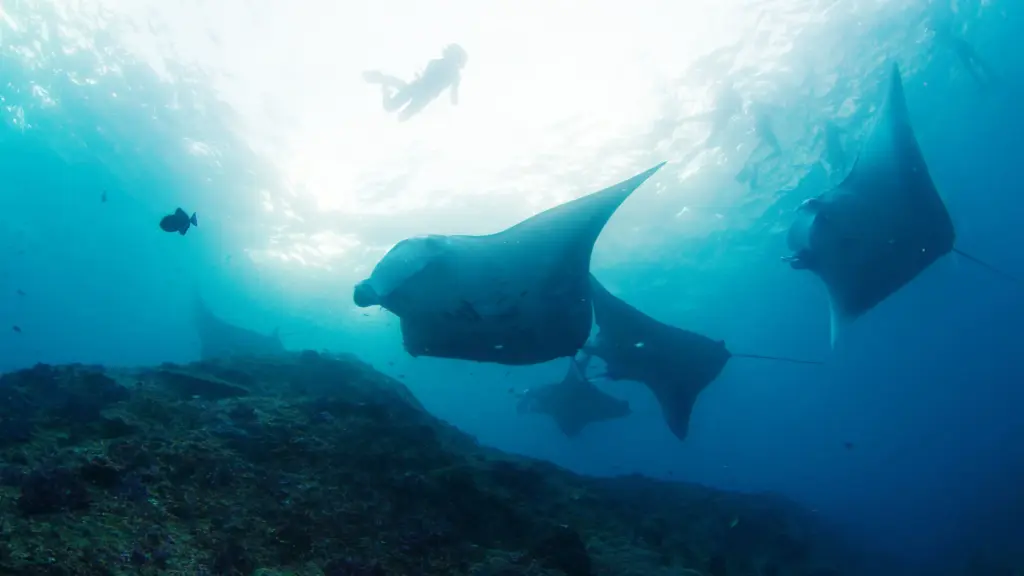
Floating on the surface, you watch as wingspans of up to five metres pass beneath you, their movements calm and unhurried. The experience is thrilling without being frantic – mantas are curious but not aggressive, and as long as you keep your distance and let them approach, the interaction feels natural and respectful. Between manta sightings, the surrounding reefs teem with fish and soft corals in every shade imaginable.
TURTLE HATCHERIES IN PEMUTERAN
Pemuteran, a quiet coastal village in northwest Bali, has become a hub for marine conservation. Several local organisations run turtle hatchery programs, protecting eggs from poaching and giving hatchlings a safe start before releasing them into the wild.
Visiting a hatchery is both heartwarming and sobering – you learn about the challenges turtles face, from habitat loss to plastic pollution, but also see the hope that careful conservation can bring. If your timing is right, you may help release baby turtles into the sea at sunset, watching as they scuttle toward the waves and disappear into the foam.
KAYAKING THROUGH NUSA LEMBONGAN’S MANGROVES
On the north side of Nusa Lembongan, a maze of mangrove channels shelters fish nurseries, crabs, and a chorus of birdlife. Kayaking here is a peaceful way to explore, the paddle dipping soundlessly into the water as you glide between roots that twist like sculptures.
The mangroves are more than just scenic – they protect the coastline from erosion, filter the water, and provide shelter for countless species. Guides often point out herons stalking the shallows or small fish darting between the roots. It is a reminder of the quiet but vital ecosystems that keep the island’s environment in balance.
HIKING THE LUSH SLOPES OF MOUNT BATUKARU
While Mount Batukaru is better known for its challenging summit trek, its lower slopes offer a gentler way to experience Bali’s rainforest. Trails wind through shaded groves of bamboo, tree ferns, and orchids, with the occasional clearing revealing views across the rice terraces.
The area’s remoteness means you are more likely to meet a farmer carrying firewood than another tourist. Birdsong echoes through the canopy, and streams trickle down from higher ground, their water pure and cold. Even a half-day walk here feels like an escape into a different Bali – one that still moves at the pace of the seasons.
UNDERWATER GARDENS OF MENJANGAN ISLAND
Menjangan Island, part of West Bali National Park, is surrounded by some of the healthiest coral reefs in the region. The island’s famous wall dives are spectacular for divers, but snorkellers can also enjoy vibrant coral gardens just metres from shore.
The clarity of the water is astonishing, with visibility often exceeding 20 metres. Schools of reef fish swirl around coral bommies, while sea fans and sponges sway gently in the current. On calm days, you might drift over plate corals the size of dining tables, or spot a turtle grazing on seagrass. Because the island is protected, fishing is prohibited, giving marine life a safe haven to thrive.
FINDING BALI’S HIDDEN WATERBIRDS
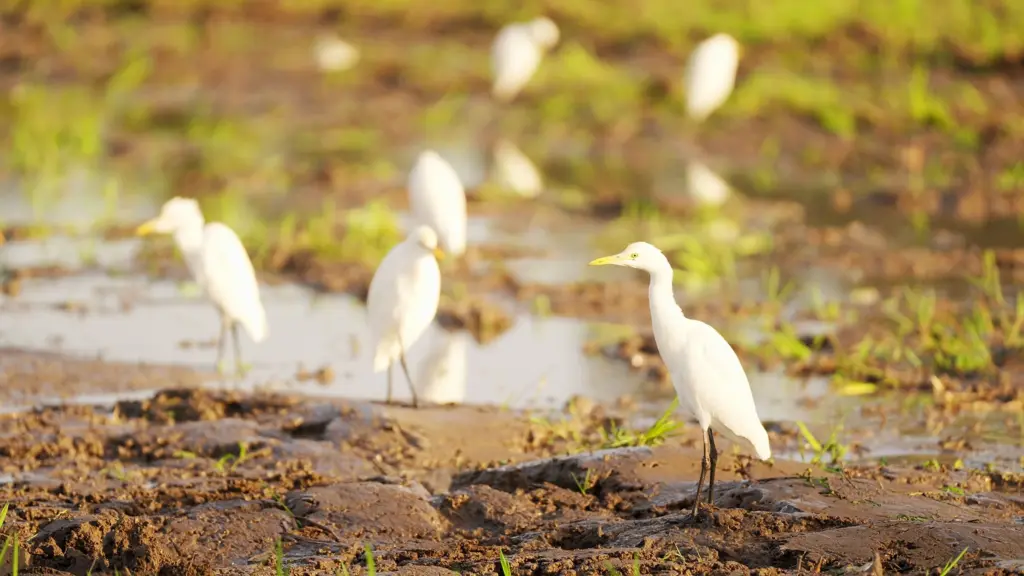
In the wetlands near Sanur and in the quiet river mouths along the island’s west coast, patient observers can spot Bali’s less-celebrated birdlife. Egrets, herons, and kingfishers hunt in the shallows, while small waders pick at the mudflats. These areas are rarely on tourist itineraries, but for nature lovers they offer a glimpse into the everyday life of the island’s wild residents.
Local birding groups sometimes arrange early morning walks, when the light is soft and the air cool. With binoculars in hand, you begin to notice details you might otherwise miss – a flash of colour as a kingfisher dives, the ripple of fish fleeing a heron’s step, the patterns left in the mud by tiny crabs.
PRESERVING BALI’S WILD HEART
Bali’s landscapes and wildlife face increasing pressure from development and tourism, but they remain resilient in many places thanks to community-led conservation. Choosing experiences that prioritise the well-being of the environment helps ensure that future visitors can also enjoy them.
Beyond the ethics, there is a personal reward in these encounters. Whether you are kneeling quietly in the forest to watch a rare bird, drifting above a coral reef, or feeling the resistance of a paddle through mangrove water, you are connecting with Bali in a way that no photograph can fully capture. It is slower, quieter, and far more lasting. Wander Beyond Ordinary!
